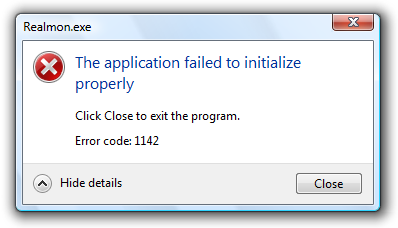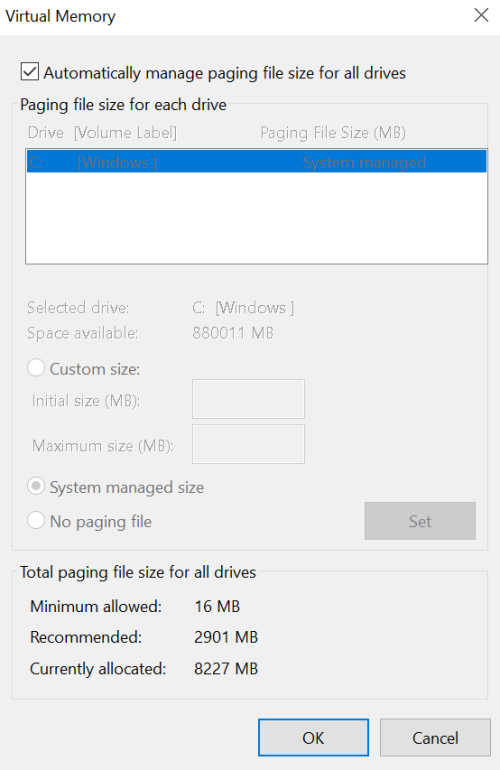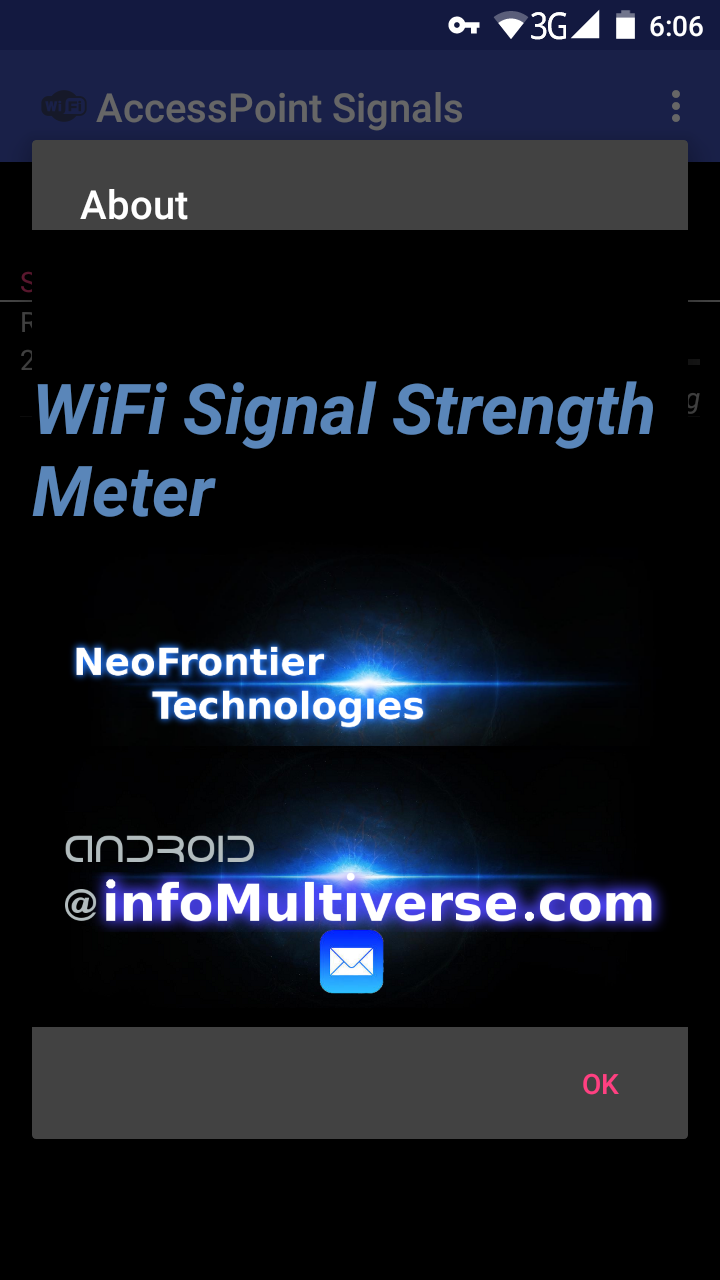In this article, I will discuss how to fix the Windows 11 taskbar when it is not working properly.
Restart Techniques and Services
If your Windows 11 taskbar is not working, one of the first steps you should take is to restart the Windows Explorer process. To do this, press Ctrl + Shift + Esc to open Task Manager. Locate Windows Explorer under the Processes tab, right-click on it, and select Restart.
If restarting Windows Explorer does not resolve the issue, you can try restarting the Windows Update service. Press Win + R to open the Run dialog box, type in “services.msc“, locate the Windows Update service, right-click on it, and select Restart.
Another option is to restart the Windows Installer service. Follow the same steps as above, but locate the Windows Installer service instead.
In some cases, restarting your computer altogether can help resolve taskbar issues. Save any unsaved work, click on the Start menu, and select Restart to reboot your system.
If the taskbar is still not working after trying these restart techniques, consider seeking further assistance from a professional or contacting Microsoft support for additional troubleshooting steps.
Utilize Command Line Tools for Repair
- Run System File Checker (SFC) scan
- Open Command Prompt as an administrator by searching for it in the start menu, right-clicking, and selecting “Run as administrator”
- Type sfc /scannow and press Enter to start the scan
- Wait for the scan to complete and follow any on-screen instructions
- Run Deployment Image Servicing and Management (DISM) tool
- Open Command Prompt as an administrator by searching for it in the start menu, right-clicking, and selecting “Run as administrator”
- Type dism /online /cleanup-image /restorehealth and press Enter to start the repair process
- Wait for the process to complete and restart your computer
Reinstallation and System Tweaks
Reinstallation: If your Windows 11 taskbar is still not working after trying other solutions, you may need to consider reinstalling the operating system. Reinstallation can help fix any underlying issues that may be causing the taskbar malfunction. Ensure you have backed up all your important files and data before proceeding with the reinstallation process.
System Tweaks: After reinstalling Windows 11, you can make some tweaks to optimize your system and prevent future taskbar issues. Check for any updates for Windows 11 and install them to ensure your system is running the latest software. You can also customize your taskbar settings by right-clicking on the taskbar, selecting “Taskbar settings,” and adjusting the options to your liking.
Windows Registry: For advanced users, tweaking the Windows Registry can help resolve taskbar problems. Be cautious when making changes to the registry, as incorrect modifications can cause system instability. Backup your registry before making any changes and only modify keys that are related to the taskbar issue.
Addressing Recent Changes and Updates
To fix Windows 11 Taskbar not working, first restart your computer to see if that resolves the issue. If not, try updating your operating system to the latest version. You can do this by going to Settings > Update & Security > Windows Update.
If the problem persists, you can try restarting Windows Explorer by opening Task Manager (Ctrl + Shift + Esc), finding Windows Explorer under Processes, and selecting Restart. Another potential solution is to reset the Taskbar settings by right-clicking on an empty space on the Taskbar, selecting Taskbar settings, and then clicking on Reset.
If none of these solutions work, you may need to check for malware or other software issues that could be causing the problem. Running a full system scan with a reputable antivirus program can help identify and remove any malicious software.
If all else fails, you can try creating a new user account to see if the issue is specific to your current account. To do this, go to Settings > Accounts > Family & other users and click on Add account.
FAQs
How do I fix my taskbar in Windows 11?
To fix your taskbar in Windows 11, you can adjust the settings by right-clicking on the desktop, selecting Personalize, and accessing the taskbar settings to uncheck the option to automatically hide the taskbar. This should make the taskbar visible again.
Why is my Windows 11 taskbar not usable?
Your Windows 11 taskbar may not be usable if it is stuck loading or unresponsive. To fix this issue, you can try launching Task Manager by pressing Ctrl + Shift + Esc and then restarting Windows Explorer under the Processes tab.
How do I fix an unresponsive taskbar?
To fix an unresponsive taskbar, you can restart Windows Explorer from the Task Manager. Press CTRL + ALT + DEL, go to Task Manager, navigate to the Processes tab, right-click on Windows Explorer, and select Restart.
How do I fix the Unclickable taskbar in Windows 11?
To fix the unclickable taskbar in Windows 11, you can adjust the taskbar settings by right-clicking on the taskbar and selecting “Taskbar settings”. Then, scroll down to the “Taskbar behaviors” section and toggle off the “Automatically hide the taskbar in desktop mode” option.







